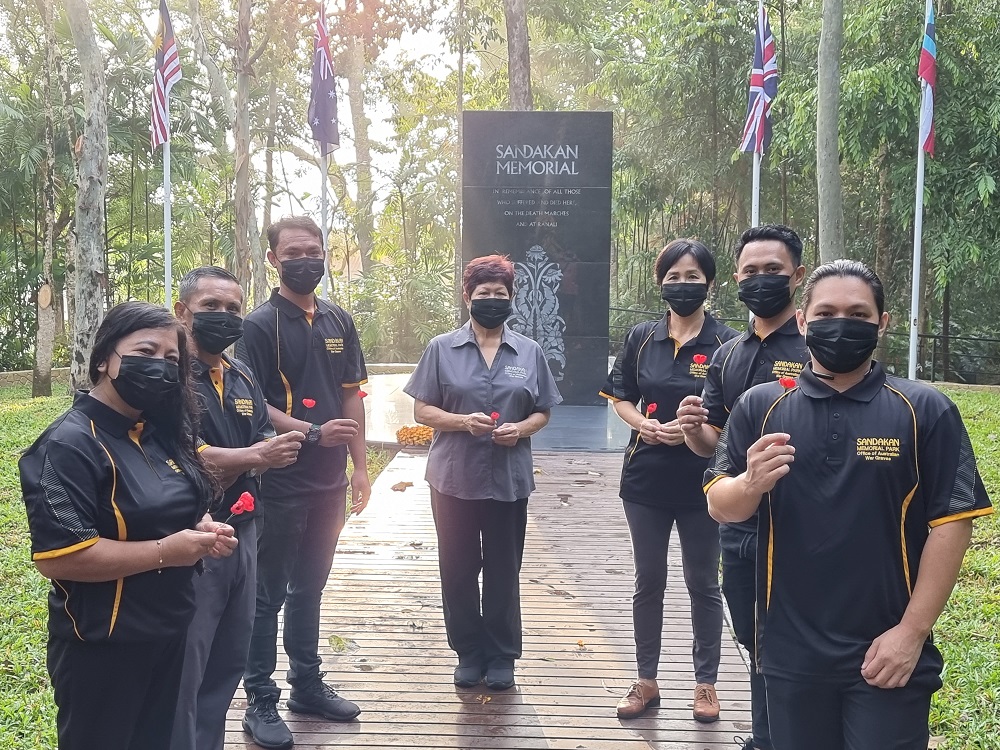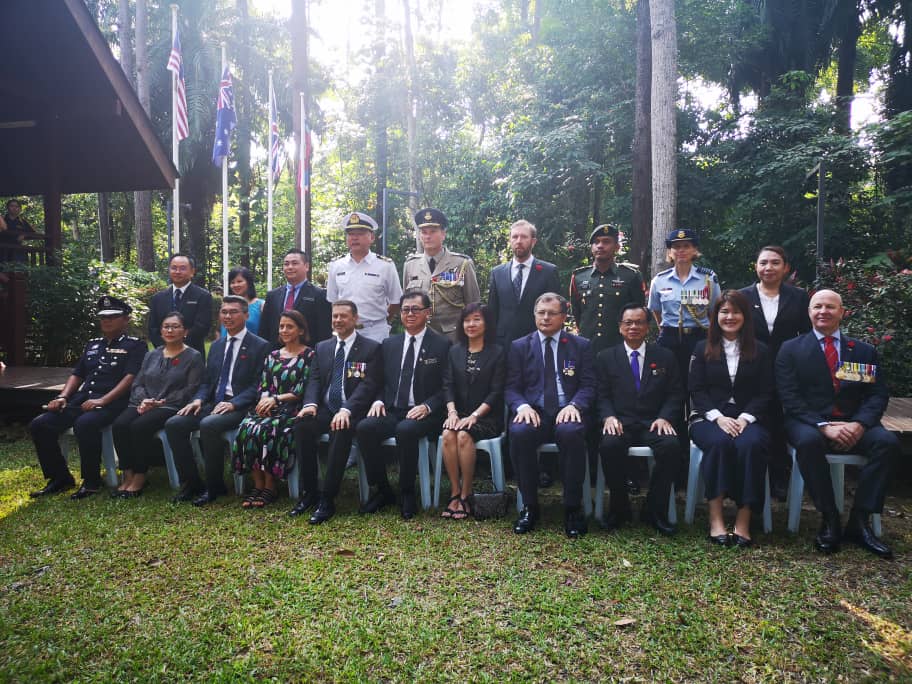Sandakan Memorial Day
On 15 August each year, we commemorate the more than 2,400 Australian and British prisoners of war (POWs) and the estimated 16 per cent of Sabah’s civilian population who died during Japanese occupation. This is known as Sandakan Memorial Day.
From 1942 to 1943, some 2,700 Allied servicemen were interned at Sandakan and used as forced labour to build a military airstrip. Some were transferred but, by 1945, more than 1,000 had already perished.
In January 1945, with the imminent defeat of the Japanese Army, about 1,000 British and Australian POWs were sent on 3 separate forced marches from Sandakan to Ranau, a torturous 260-kilometre march through mountainous jungle terrain.
The men were severely malnourished, suffering from tropical illnesses and subjected to brutal ill-treatment and torture. About half died during these death marches and those who did survive succumbed to starvation and illness. The prisoners who remained in Sandakan died in appalling conditions or were executed.
Only 6 Australians survived. They escaped with the help of local villagers, and eventually returned home to tell their story.
Sandakan remains one of the worst atrocities committed against Australians in war.
Dedicated in February 1999, the Sandakan Memorial Park in Sabah on Borneo occupies part of the original Sandakan POW camp site. It includes a memorial obelisk, an information pavilion, a marked walking trail and relics, which take the visitor through a journey into the terrible experience of Australian and British POWs at Sandakan during the Second World War.

Left: The Sandakan Memorial Park team on Anzac Day 2021

Below: Anzac Day 2019
